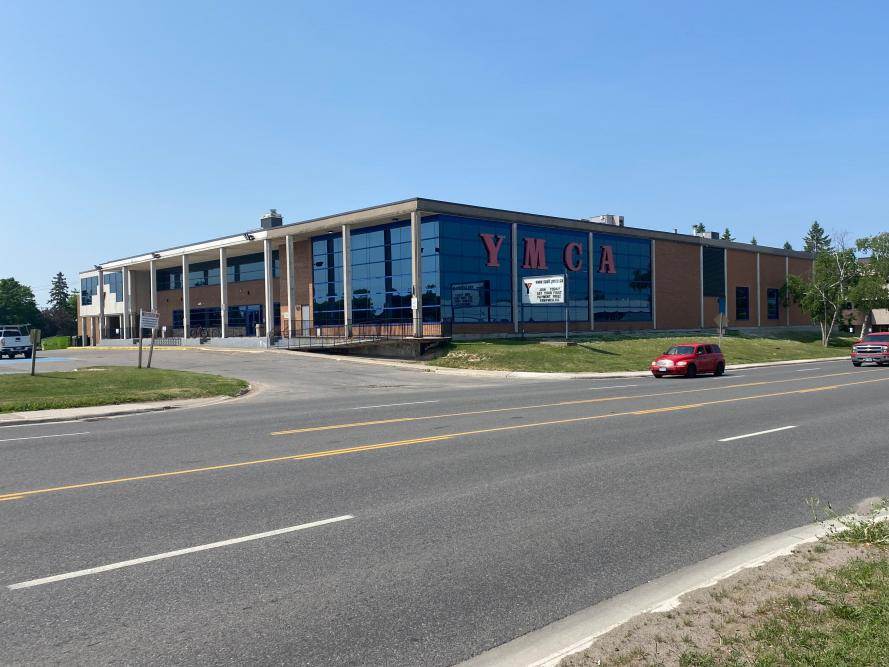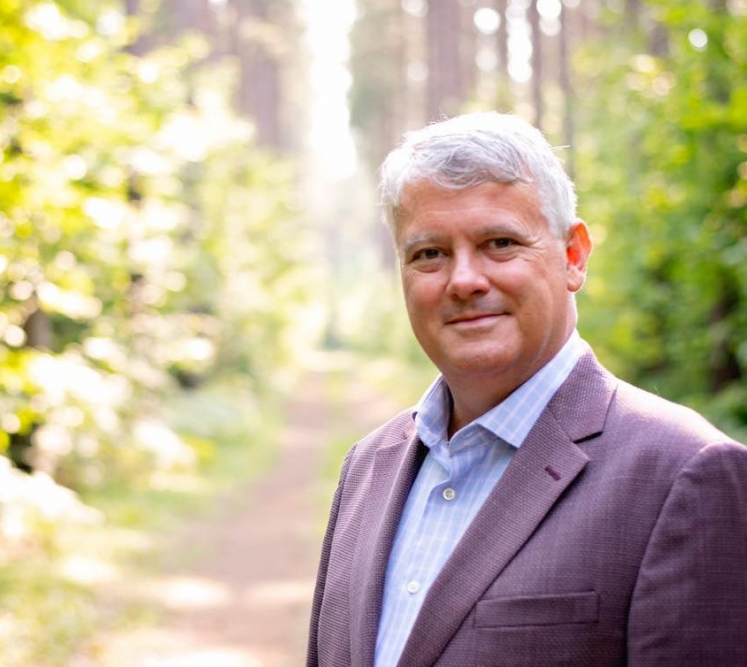Lorrie Turnbull knows what a closed YMCA looks like.
Turnbull was Project Manager for the Halifax-Dartmouth YMCA when their building, built in 1953 and aged well beyond its shelf life, had to be closed in 2014.
She remembers the night clearly, because she says it was unforgettable.
“When it closed, and I actually closed and locked the doors on our old building in Halifax, we were down to like, 1,200 members,” Turnbull recalled in a recent phone interview with First Local. “The emotion that was going through that building that night was like nothing I have ever seen.

Lorrie Turnbull
Sometimes as a staff person you’re attached to it but it’s not as deep,” she continued. “What I witnessed in Halifax that night was insane. And then they (members) had to wait six years to get a new one. It was really tough on people. People still talk to this day about it.”
With 29 years of “Y” experience, and having served on just about every branch of a YMCA executive tree, Turnbull signed on last November as the new Chief Executive Officer of the Northeastern Ontario YMCA.
She says she’s still settling in and adapting to northern Ontario living, but likes it so far. She also likes the amalgamation of Sudbury, North Bay and Timmins YMCAs under one umbrella.
“I believe in it. It brings efficiencies.” Turnbull says. “It allows you to hire people who have deep skill sets, professional experience, and the ability to run the same system, just across multiple locations. In my opinion it makes the YMCA stronger to do this.”
While merging with other Ys is a major step forward to greater efficiency and stability, strong partnerships are just as important, says Turnbull.
“We do see it from time to time that going it alone, you won’t get too far in some cases. You can merge, and you can become an amalgamated YMCA and cover a region,” explains Turnbull. “It has its challenges and its growing pains.
One of the lessons that we learned, coming out of Covid is that we can’t go at it alone, ourselves. Partnerships are really important, in order to stay resilient and sustainable. Partnerships can look very different in different communities. It’s important to establish those, because as with most things, at the end of the day we’re all kinda in this together.”
Turnbull says Northeastern has a lot of supporters and donors across the three cities.
“The more diverse you are, the more likely you are able to create that sustainable model,” she says.
Among Northeastern’s directorship one will find a VP of Philanthropy, Marketing and Communications. Fundraising is important, but open and consistent communications are a must if it’s to be successful, says Turnbull.
“It means ensuring that we keep connected with our donors and supporters. We’re stewarding them, keeping them informed of what we’re doing. Meanwhile, we’re continuing with impactful work that’s actually making a difference to the health of our community for all ages.”
Donors help offset some facility costs, some help send kids to summer camps and some donations allow families to put their kids in swim lessons.
“Some donate and tell us ‘we trust you’ll put it to the best possible use’.”

Turnbull says YMCAs can partner with public or private interests and the partners can represent diverse interests. She mentioned libraries or an art venue as real examples but was clear the list of partnering possibilities is long.
“There’s all kinds of ways to part and parcel things together, to make a model.”
The strongest of YMCAs, she says, are those where the”Y” is municipally-owned with the YMCA in charge of operations.
“We do have some very nice examples in this country and in this province, too, where there are municipally-owned facilities and operated by the YMCA. Those models have proven time and time again to be the probably most resilient and strongest of the YMCAs.”
If the YMCA is municipally-owned, personnel can focus on doing what they do best, says Turnbull, “delivering those impactful programs to the community and not having to be concerned about where they’re going to come up with money to replace a roof or for a new H-Vac system, those kinds of things.”
There were highs and lows, in Halifax, but in the course of a 40-minute conversation this week it was clear Turnbull embraces and understands both, and looks for lessons to be learned with each new “Y” experience.
Seeing the beloved Halifax YMCA close was tough. She says it’s also tough seeing Sault Ste. Marie’s “Y” in dire straits, knowing how deep the bonds can be for members with their particular YMCA.
“I’m having a hard time with the one in the Sault,” says Turnbull, “because I’m seeing the stories come out and it’s such a cautionary tale. It’s hard to watch it happening. And you know that every “Y” in this country has stories like that. Every one of them has deep, deep, stories.
If you want to take one thing away from this it’s that leadership has a responsibility to our communities to steward that YMCA so that it can be there for generations to come. In whatever form, whatever it looks like, it’s leadership’s responsibility to find a way to do that. I understand it’s not always possible.”
Turnbull says the YMCA of Yarmouth, N.S. was one of the unfortunate ones to permanently disappear.
“They just couldn’t find the model,” she says, adding the “Y” in Moose Jaw, Sask., met a similar fate.
As sad and tough as it was to close the Halifax facility, Turnbull would experience the joy of being a driving force behind the city’s successful quest to build a new YMCA. The $37 million John W. Lindsay YMCA opened its doors in the fall of 2020.
The new building was named after the fellow Turnbull says led the way in making a new YMCA in Halifax a reality.
“John Lindsay held the torch. He figured it out, and we went along with him,” says Turnbull.
The road to a new building wasn’t well-paved. There were obstacles, and the project was complex.
“It took 12 years, a lot of perseverance and a lot of conversations and a lot of belief in the good work that the YMCA does in our communities,” says Turnbull. “We just kept at it. It’s not a formulaic secret sauce, it’s just a lot of will and a lot of perseverance. Halifax could have been exactly where the Sault is, gone, done, close it, get out, we’re finished in Halifax. But we found a way.”
Turnbull says she knew there were champions in the community, strong leadership, both staff and governance. Today, membership is at 6,500.
“You just gotta hunker down for a bit of a long slog,” she says. “It was a very long, complicated project. Yet, at the same time, getting it done, it transformed that YMCA in Halifax and gave it a chance at serving another generation or generations of people in Halifax. It was a remarkable project. I like to think that my fingerprints are all over it.”
Funding came from all levels of government. There were some loans, so there was some debt.
As fate would have it, the new Halifax “Y” opened in the middle of the pandemic.
“Life is not always a straight line,” says Turnbull with an amused sigh.
Turnbull hopes the Sault YMCA’s problems can be resolved.
“I just wish that five years ago there could have been a little more foresight and some proactive steps to mitigate them. The question is, how important to a community is it, to have a true centre of community, where people feel they belong and where they are safe?
The “Y” has the ability to deliver that kind of experience of belonging and impact. There is a model that can exist and it’s a true partnership model and it doesn’t always manifest in every community. Our hearts go out to the people of Sault Ste. Marie.”






